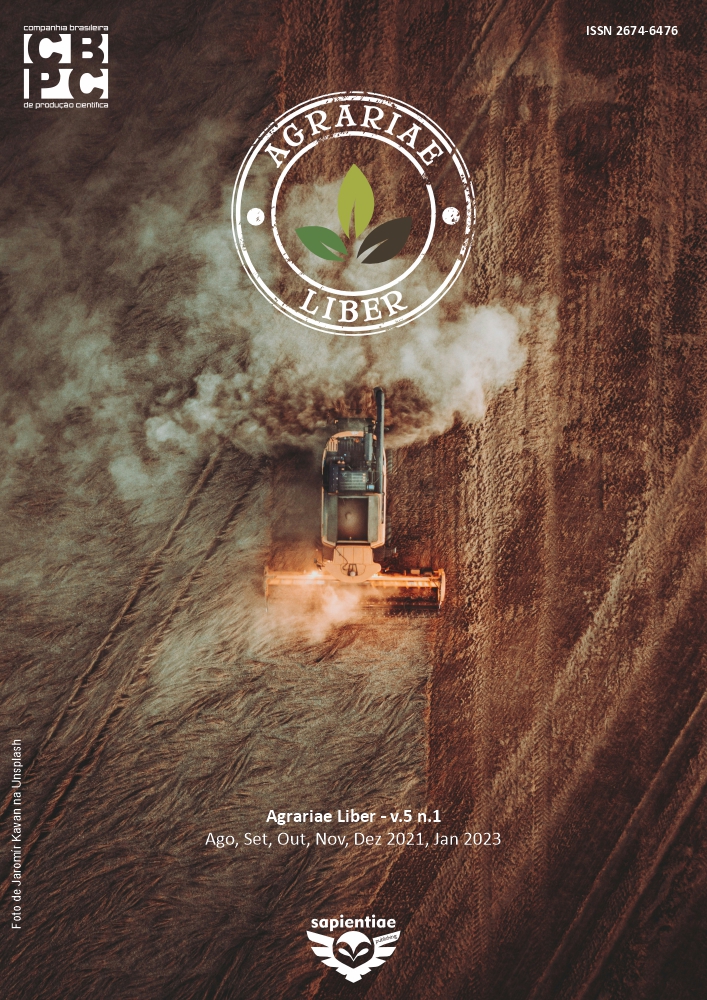Occurence of toxic plant at schools of the city Timbiras/MA, Brazil
DOI:
https://doi.org/10.6008/CBPC2237-9290.2020.001.0004Keywords:
Accidents for plants, Intoxication, Plants toxicityAbstract
Plants are fundamental for the existence of life of many other organisms, they provide us oxygen and a variety of food supply and contribute to the production of pharmaceutical medicines. Some plants are considered toxic and can poison humans and other animals. These plants have chemical compounds that may cause intoxications when ingested or when they get in contact with parts of the animal. Intoxication in most cases are accidental and others happen when individuals ingest its toxic compounds, intentionally and continuously. Considering that children are the principal victims of these accidents caused by toxic plants and them can be easily found in public environments like parks and schools, this research aimed to make an inventory of incidents caused by toxic plants in 17 schools of the city Timbiras, MA in Brazil, and to investigate the school community knowledge about this threat. In this research, we investigated the information about the species incidence and we applied questionnaires. The presence of toxic plants was identified in 70 % of the schools, thus presenting accident risks for children. Sixteen species of toxic plants were found, classified in nine families. The most frequent species were Jatropha gossypiifolia L. (pinhão-roxo), Caladium bicolor (Aiton) Vent. (tinhorão), Catharanthus roseus (L.) (vinca), Dieffenbachia seguine (Jacq) Schott. (comigo-ninguém-pode), e Ricinus communis (L.) (mamona) furthermore the most frequent botanical families were Euphorbiaceae, Apocynaceae, and Araceae.
Downloads
Downloads
Published
Issue
Section
License
The CBPC - Companhia Brasileira de Produção Científica (Brazil CNPJ: 11.221.422/0001-03) the material rights of the published works. The rights relate to the publication of the work anywhere in the world, including rights to renewals, expansions and dissemination of the contribution, as well as other subsidiary rights. All electronically published works may subsequently be published in printed collections under the coordination of this company and / or its partners. The authors preserve the copyright, but are not allowed to publish the contribution in another medium, printed or digital, in Portuguese or in translation.








